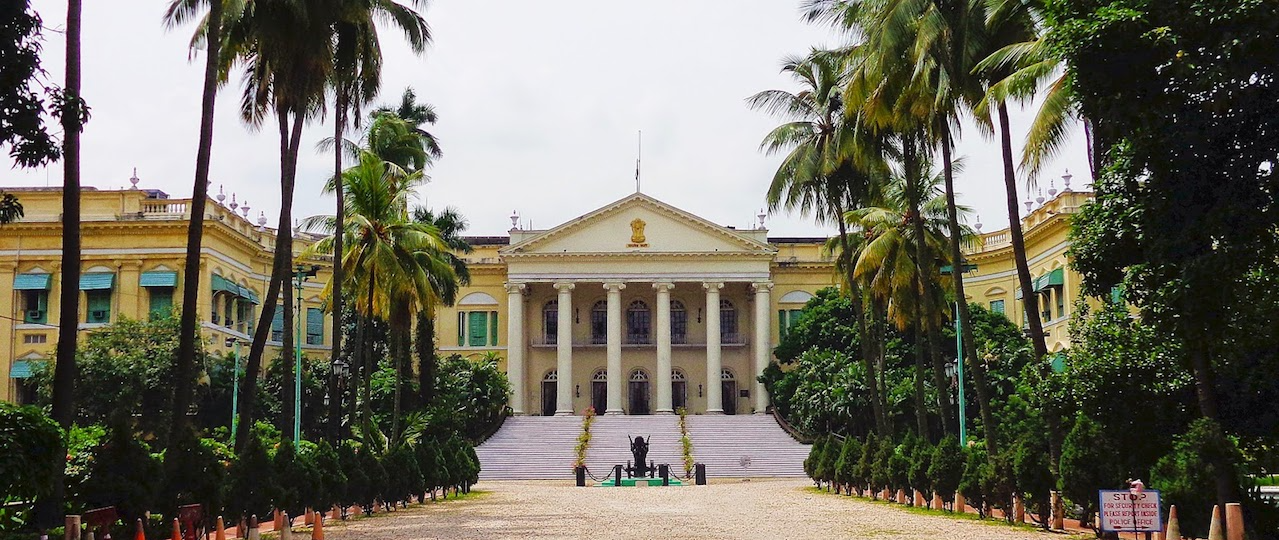The British always thought ahead. This fact comes across in the use of modern techniques and science in the architecture of all the buildings designed by them. They were rather extravagant too in the use of metals including gold and in the size of their adornments like statues, shields, swords and pillars. Some of the British monuments that have stood the test of time and continue to impress modern day Kolkata are:
Raj Bhavan:
With a majestic outlook, the Raj Bhavan is now the residence of the Governor of West Bengal. Constructed during the governance of Marquess Wellesley, the building has the distinction of having the very first elevator of Kolkata.
Kolkata Town Hall:
Constructed in the Roman Doric style, the Town Hall was built with funds raised through a lottery. It was used for social gatherings.
Howrah Station:
Constructed first in the British period, the Howrah Station housed the second railway line linking Calcutta with Bardhaman coal fields. The first track essentially built for transporting goods eventually evolved into many platforms. Howrah Station is now one of the largest railway terminals of our country.
Writers Building:
Built in a beautiful European style by the British, Writers Building is today the secretariat of the West Bengal State Government. It also incorporates various departments of the state government.
St. Paul’s Cathedral:
This church, built by Bishop Daniel Wilson, showcases the Gothic Revival style of architecture. The beautiful church with its pristine exterior, stained glass windows and murals makes it one of the important attractions of Kolkata.
Victoria Memorial:
Built in the memory of Queen Victoria, the Victoria Memorial is a fine example of both British and Mughal architecture. Conceived by Lord Curzon and designed by Sir William Emerson, the building is built with white Makrana marble. Best at night with its many lights giving it a fairy tale appearance the Victoria Memorial with its lovely gardens standing on the banks of the Hooghly River, is one of the most visited monuments of the British period.
Stamps of the colonial era are left everywhere in our country. Kolkata has a whole chapter to itself.


No Comment